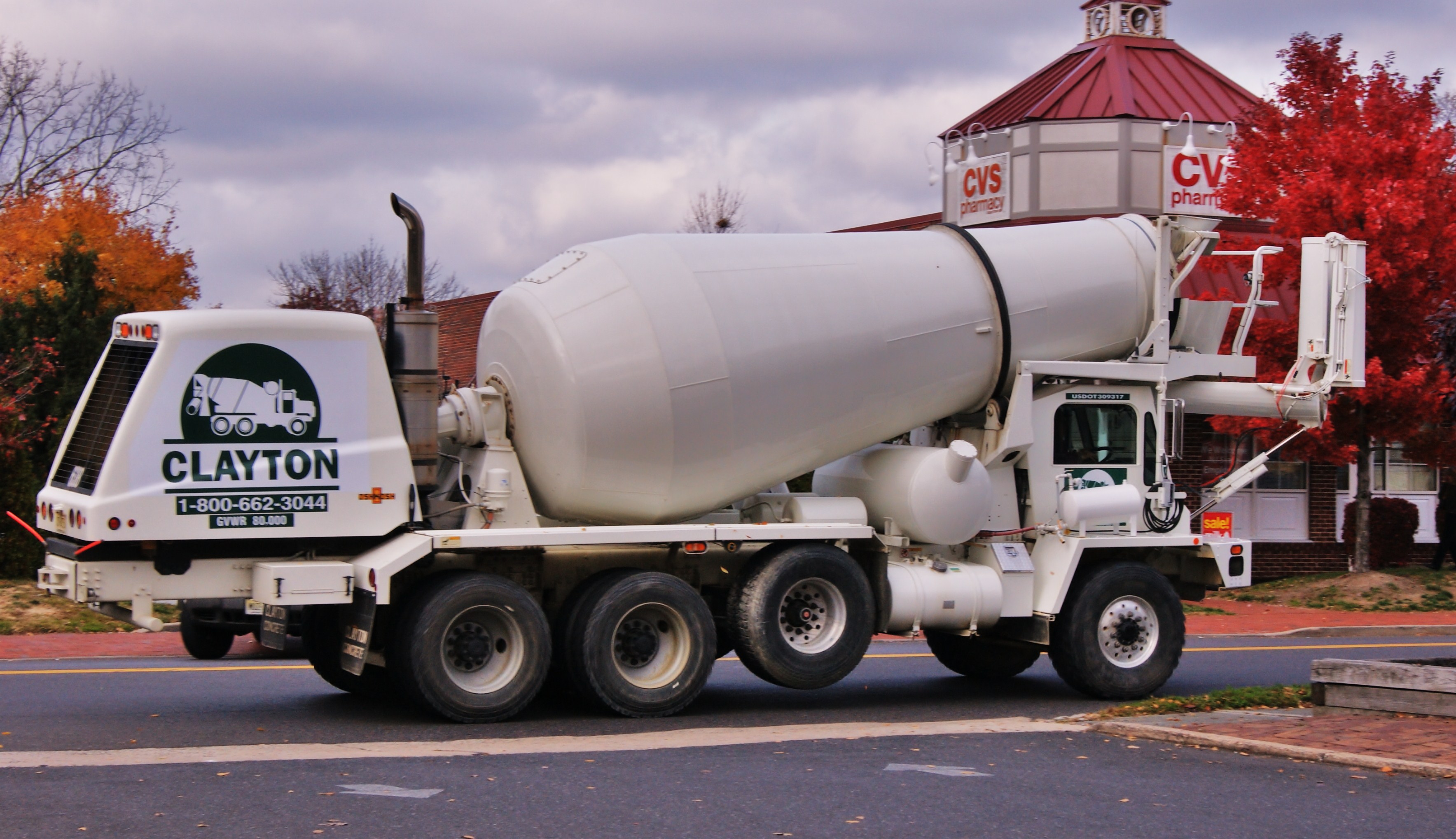12.2-Volume of a Combination of Solids
12.2-Volume of a Combination of Solids Important Formulae
You are currently studying
Grade 10 → Math → Surface Areas and Volumes → 12.2-Volume of a Combination of Solids
- Apply formulas of volume of 3D solids in order to derive the volume of a new solid.
The volume of a combination of solids refers to the total space occupied by two or more solids when they are combined. This calculation is important in various fields, such as architecture, engineering, and manufacturing, where understanding the capacity of different shapes is crucial.
To calculate the volume of combined solids, follow these steps:
- Identify the solids: Determine the types of solids involved in the combination, such as cubes, cylinders, cones, spheres, etc.
- Find the volume of individual solids: Calculate the volume of each solid using their respective formulas.
Common formulas for volumes include:
- Cube: Volume $= a^3$, where $a$ is the length of a side.
- Cylinder: Volume $= \pi r^2 h$, where $r$ is the radius and $h$ is the height.
- Cone: Volume $= \frac{1}{3} \pi r^2 h$, where $r$ is the radius and $h$ is the height.
- Sphere: Volume $= \frac{4}{3} \pi r^3$, where $r$ is the radius.
- Determine the volumes of combined solids: Add the volumes of the individual solids to find the total volume. Unlike surface area, the volume is additive, meaning we do not subtract any overlapping volumes when solids are combined.
Let’s consider a practical example:
Suppose we have a cylinder with a radius of $r = 3 \, \text{cm}$ and a height of $h = 5 \, \text{cm}$, with a cone of the same base radius placed on top of it, with a height of $h = 4 \, \text{cm}$. We will calculate the total volume of this combination.
First, we calculate the volumes:
- Cylinder:
- Volume of Cylinder $= \pi r^2 h = \pi \cdot 3^2 \cdot 5 = 45\pi \, \text{cm}^3$
- Cone:
- Volume of Cone $= \frac{1}{3} \pi r^2 h = \frac{1}{3} \cdot \pi \cdot 3^2 \cdot 4 = 12\pi \, \text{cm}^3$
Now, to find the total volume, we simply add the volumes of the cylinder and the cone:
Total Volume $= \text{Volume of Cylinder} + \text{Volume of Cone}$
Total Volume $= 45\pi + 12\pi = 57\pi \, \text{cm}^3$
This result shows that the total volume of the combination of the cylinder and the cone is $57\pi \, \text{cm}^3$. This method of calculating volumes allows for straightforward summation without the need for adjustments for overlapping or shared spaces.
In cases where solids are combined in more complex arrangements, such as a sphere placed inside a cylinder, the same principles apply: calculate individual volumes and sum them, taking care to understand the spatial relationships between the solids.

Oshkosh Clayton Concrete mixer 638 Moorestown, New Jersey.
Paul, CC BY-SA 2.0, via Wikimedia Commons
